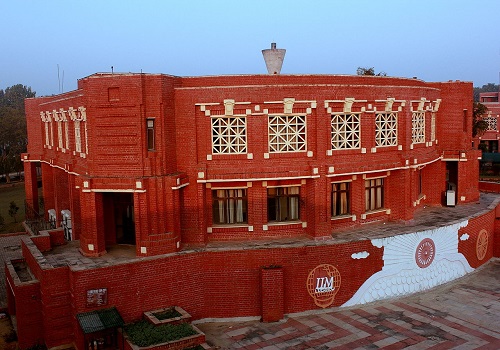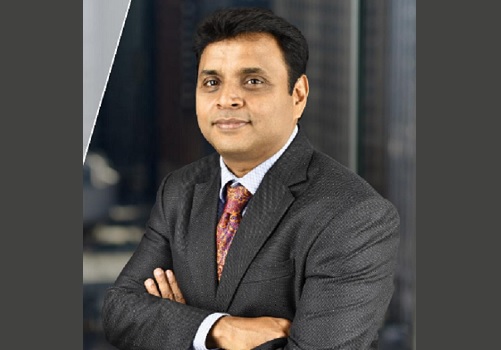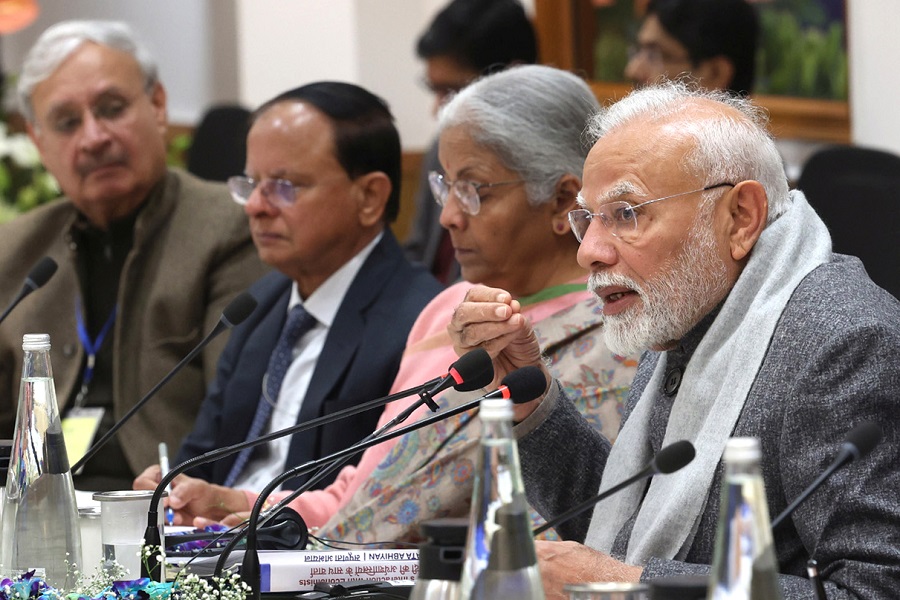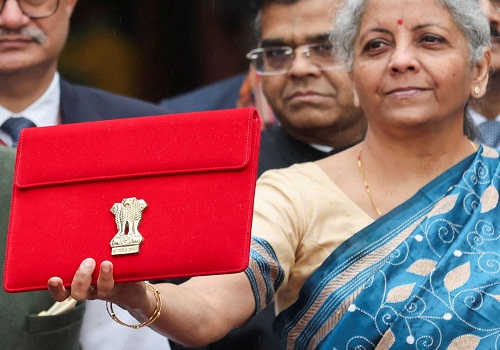India to still remain lower middle country by 2047 if growth rate remains at 6%: Former RBI Governor
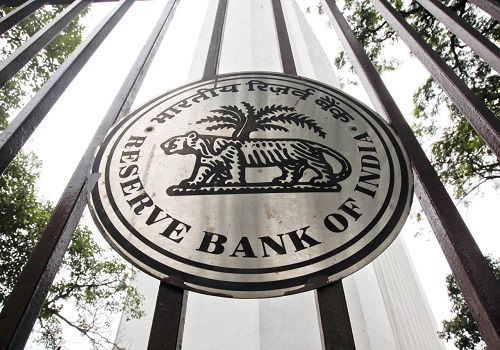
Follow us Now on Telegram ! Get daily 10 - 12 important updates on Business, Finance and Investment. Join our Telegram Channel
Former Reserve Bank of India (RBI) Governor Raghuram Rajan has said that India will still remain a lower middle country if the potential growth rate remains at 6 per cent annually without any rise in population by 2047 (Amrit Kaal) and will be reaching the end of the demographic dividend by then. He said if the country does not grow faster, it will grow older (demographically) before it gets richer, which means there is the burden of an aging population to deal with also at that point.
Rajan said ‘the GDP growth in India for the past two quarters was in the region of 7.5 per cent and if one looks at the labor force participation, it is very low and when it comes to female participation, it is the lowest in the G20.’ He said some southern states are growing with regards to population at below reproduction rate, in other words, the fertility rate has fallen below reproduction rate thus slowing the growth. He said ‘in other words, we will start the process of aging at some point around that time, which leads to the alarming question if we don't grow faster, we will grow old before we grow rich, which means we all have all the burdens of an aging population to deal with also at that point.’ According to him, the current pace of growth is not enough to employ all those who are entering the labour force and insufficient to make the country get richer, before it gets older.
Describing that the government’s vision of 100 years of Independence by 2017 as Amritsar Kaal, the former RBI chief said it is going to be an ear of plenty. He said some of the developed nations moved from manufacturing to services as part of moving up the value chain after they became richer. He noted that those countries are largely services economies with 70 per cent of the workforce in rich countries, typically in the service industry and 20 per cent in manufacturing, five per cent each in construction and agriculture.








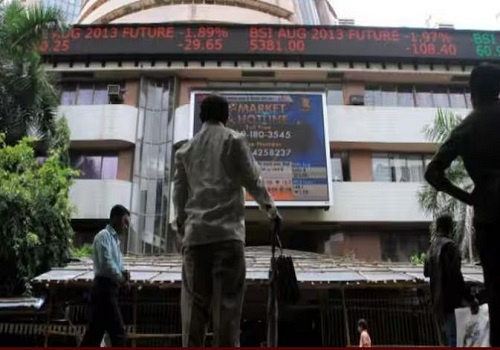



 320-x-100_uti_gold.jpg" alt="Advertisement">
320-x-100_uti_gold.jpg" alt="Advertisement">



